The concept of identity can be defined in numerous ways. A common definition describes it as a person’s sense of who they are, both as an individual and as a member of social groups. While this offers a general understanding, I believe identity is much more complex, especially when it comes to cultural identity. As someone born and raised in America, I often find myself navigating the delicate balance between my cultural heritage and the dominant culture around me.
When we are growing up, especially during our teen years, the central focus becomes fitting in with peers and forming connections. This process profoundly influences how we perceive ourselves and shape our identities. On one hand, there’s a strong desire to stay connected to one’s cultural roots. On the other hand, the pressure to conform to mainstream culture can create internal conflict. Societal expectations can make one feel “too different” or “too similar,” leading to a diminished sense of self-worth, particularly among younger individuals. This tension between assimilation and cultural preservation can create a struggle between two competing forces. While assimilating into the dominant culture may help individuals feel accepted and reduce feelings of isolation, it can also result in the gradual loss of cultural practices, traditions, and even language.
As a student who grew up in this area, I’ve only encountered a few instances where I struggled to fit in with the dominant culture. One of the challenges I faced was being labeled as “white-washed” simply because I was trying to fit in with my peers and adapt to the dominant culture. I believe this was due to the stigma of how one should act because of their cultural background. This experience, while difficult, was only the beginning. The real challenge begins when people start neglecting or shaming you for the way you behave. Even though I’ve only faced a few of these instances, they have made it hard for me to fully understand my own identity. This struggle is even more evident in other parts of the world, where communities are often less diverse and less educated compared to areas like Palo Alto and Los Altos.
Though the external pressures can lead to one feeling isolated, another source of tension lies in the desire to honor family traditions and cultural heritage while simultaneously embracing the dominant culture. The fear of betraying one’s heritage can be compounded by external pressures, such as negative stereotypes or judgments of being “too Americanized” or “not cultural enough.” This can lead to frustration and a sense of disconnection, as individuals may feel caught between two worlds.
So, how can we find a balance?
Balancing cultural assimilation and preservation is an ongoing process that can always be refined. Rather than feeling ashamed of one’s cultural identity, embracing aspects of the dominant culture—such as education, career opportunities, and the pursuit of equality—can be empowering. At the same time, maintaining cultural practices that provide a sense of connection and community helps to strengthen one’s sense of belonging. By advocating for greater cultural visibility and acceptance, we can encourage individuals to embrace their cultural heritage while also recognizing the influence of the dominant culture. Ultimately, finding a balance allows for a richer, more integrated identity that honors both the past and the present.
For me, joining communities that align with my identity has helped bridge this gap. Recently, I became involved in the Foothill Japanese Culture Club, which has allowed me to reconnect with traditional celebrations, environments, and beliefs. At the same time, being part of Palo Alto Middle College, Foothill College, and maintaining ties with my high school through sports has helped me stay connected with the dominant culture.
But as we strive to preserve our roots while adapting to the world around us, where do we draw the line between staying true to our heritage and embracing the opportunities of a new culture?




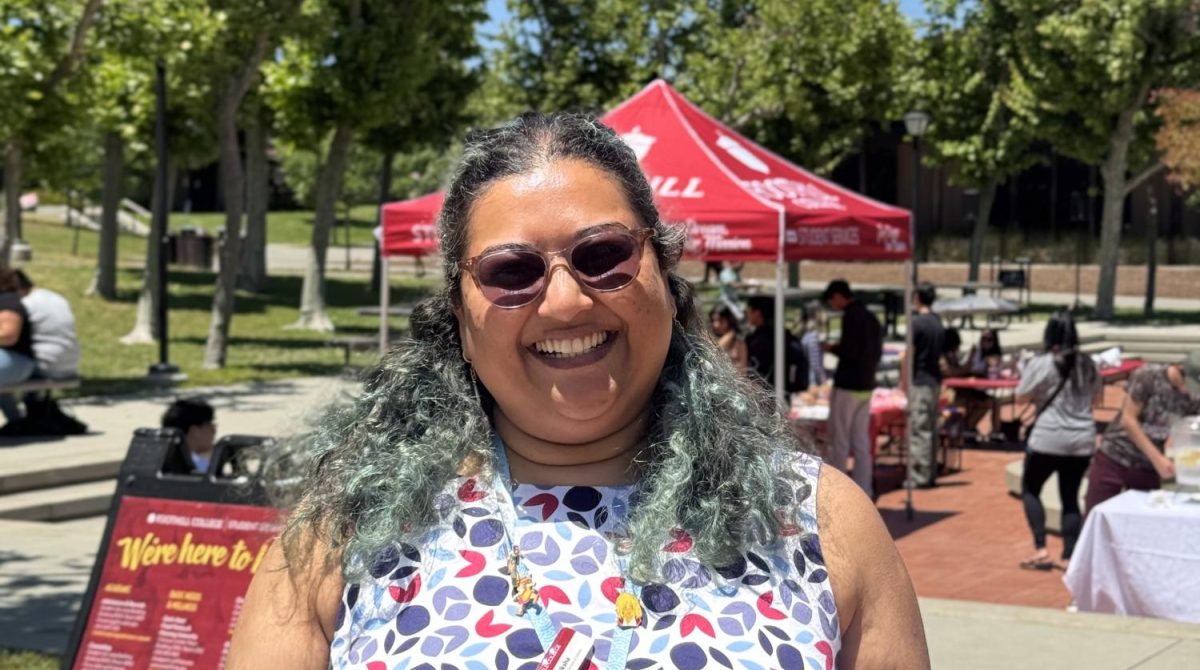
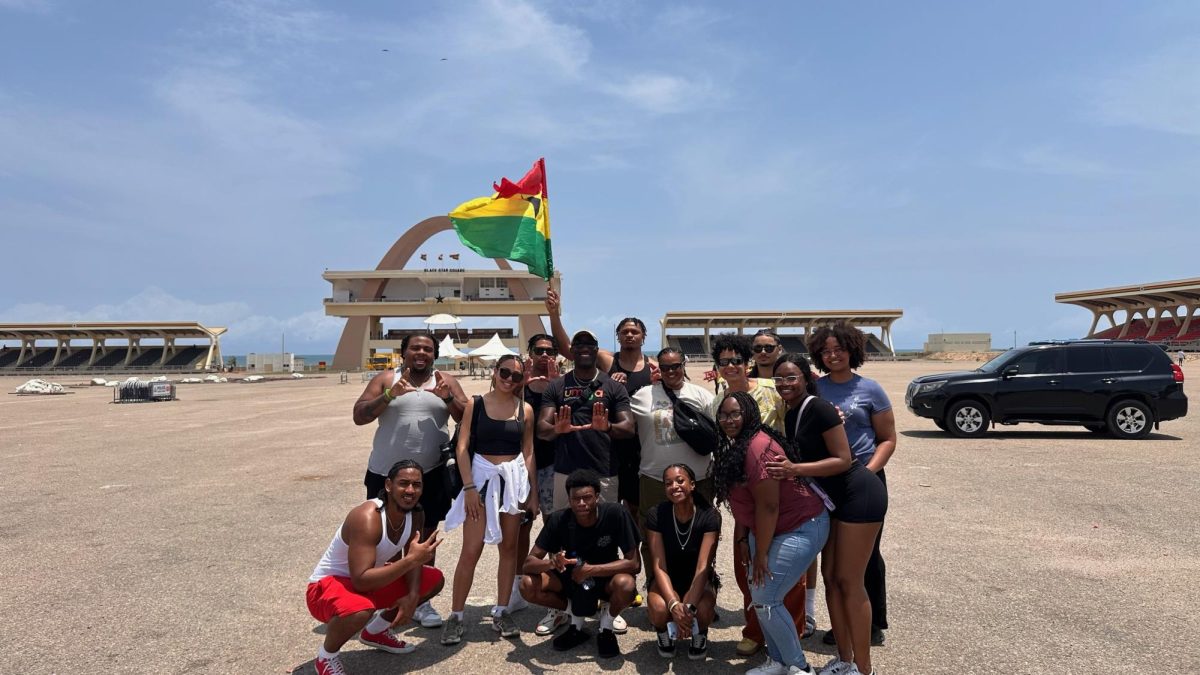
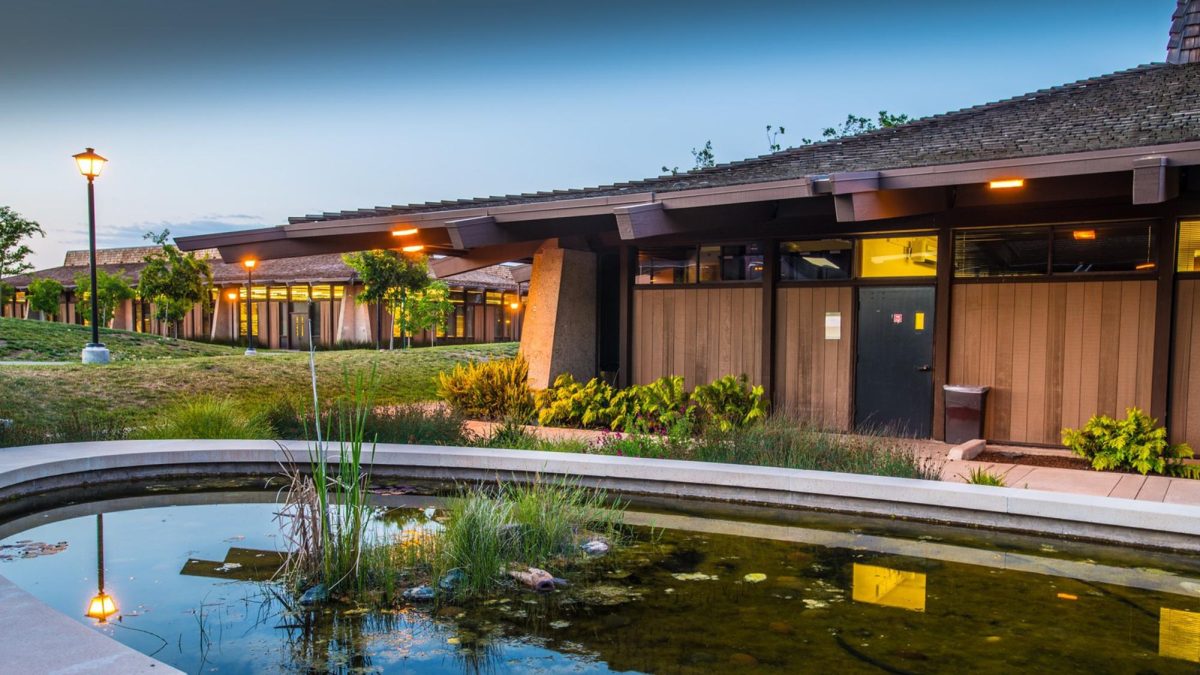


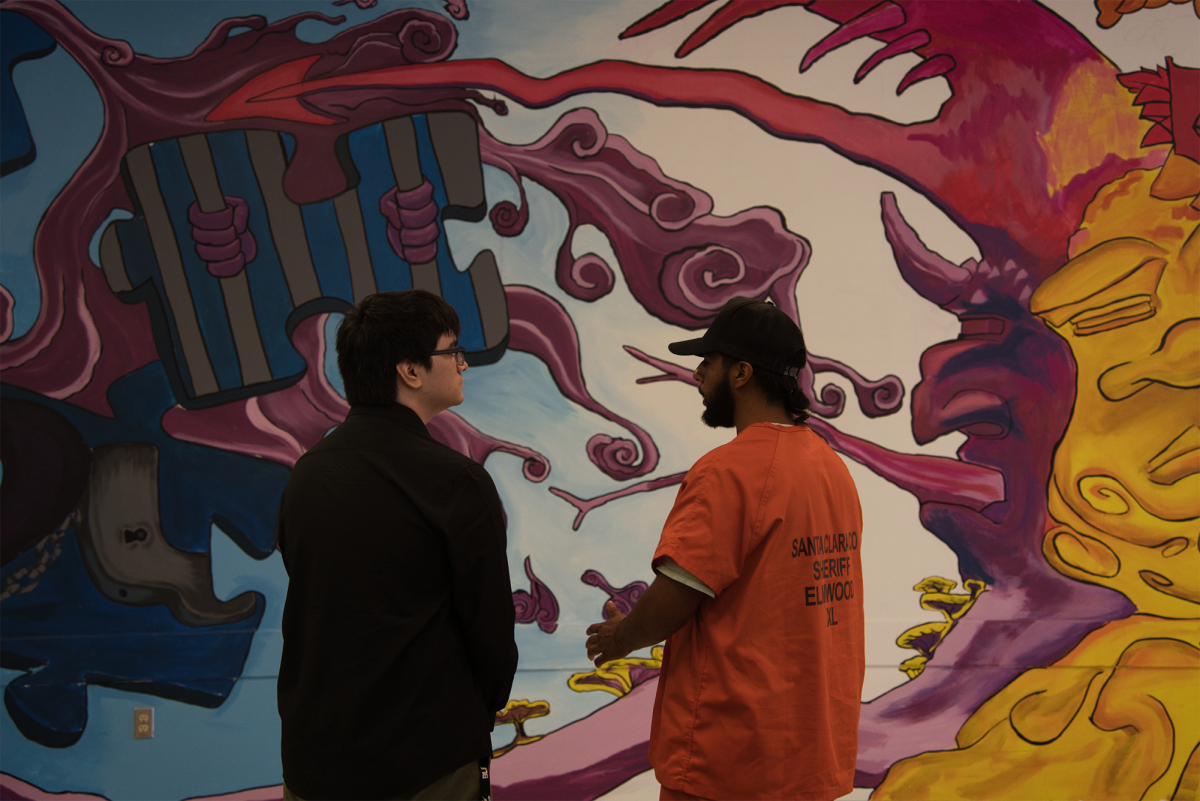




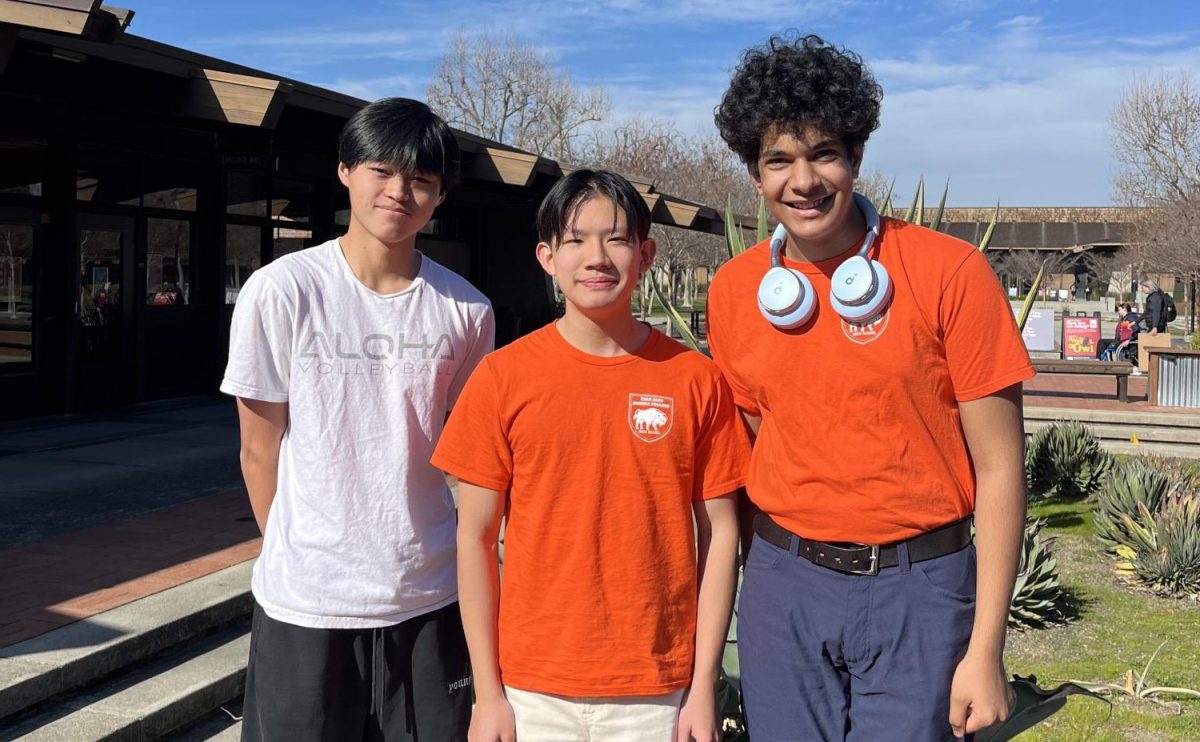
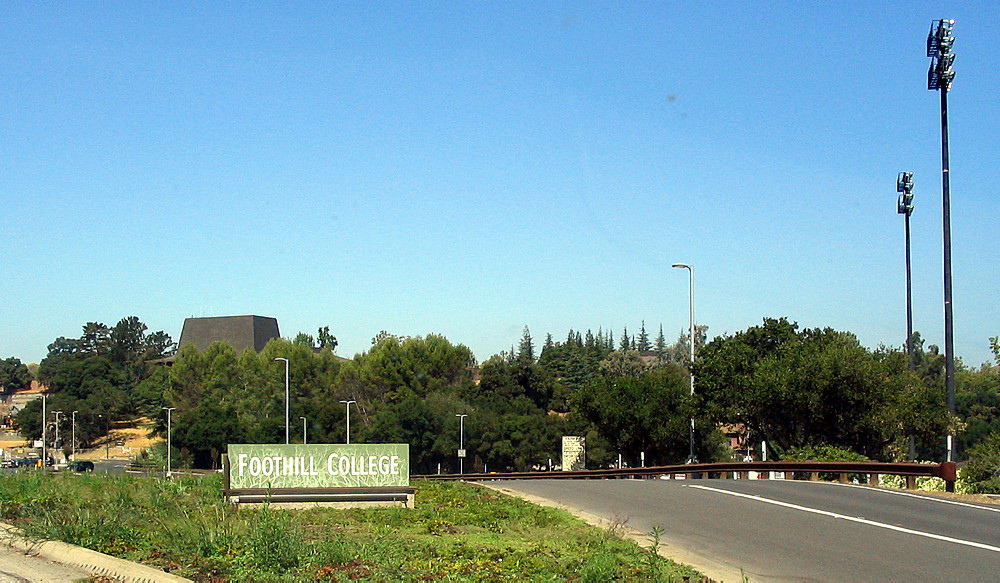


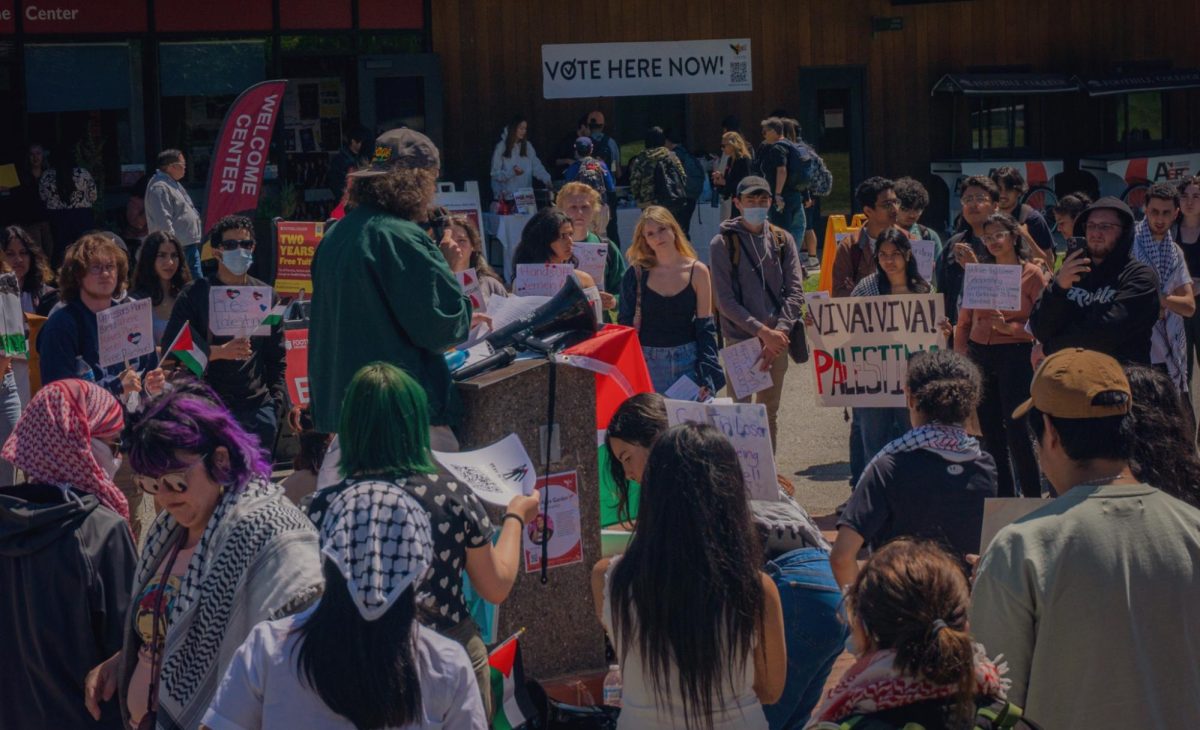
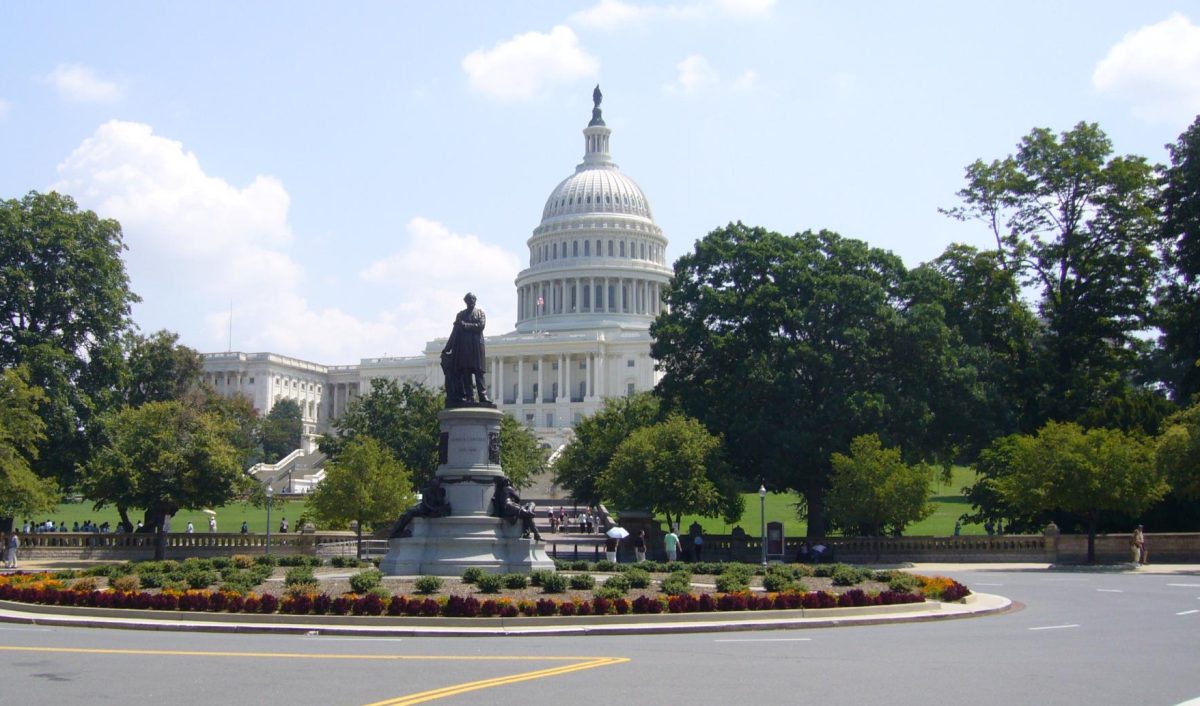

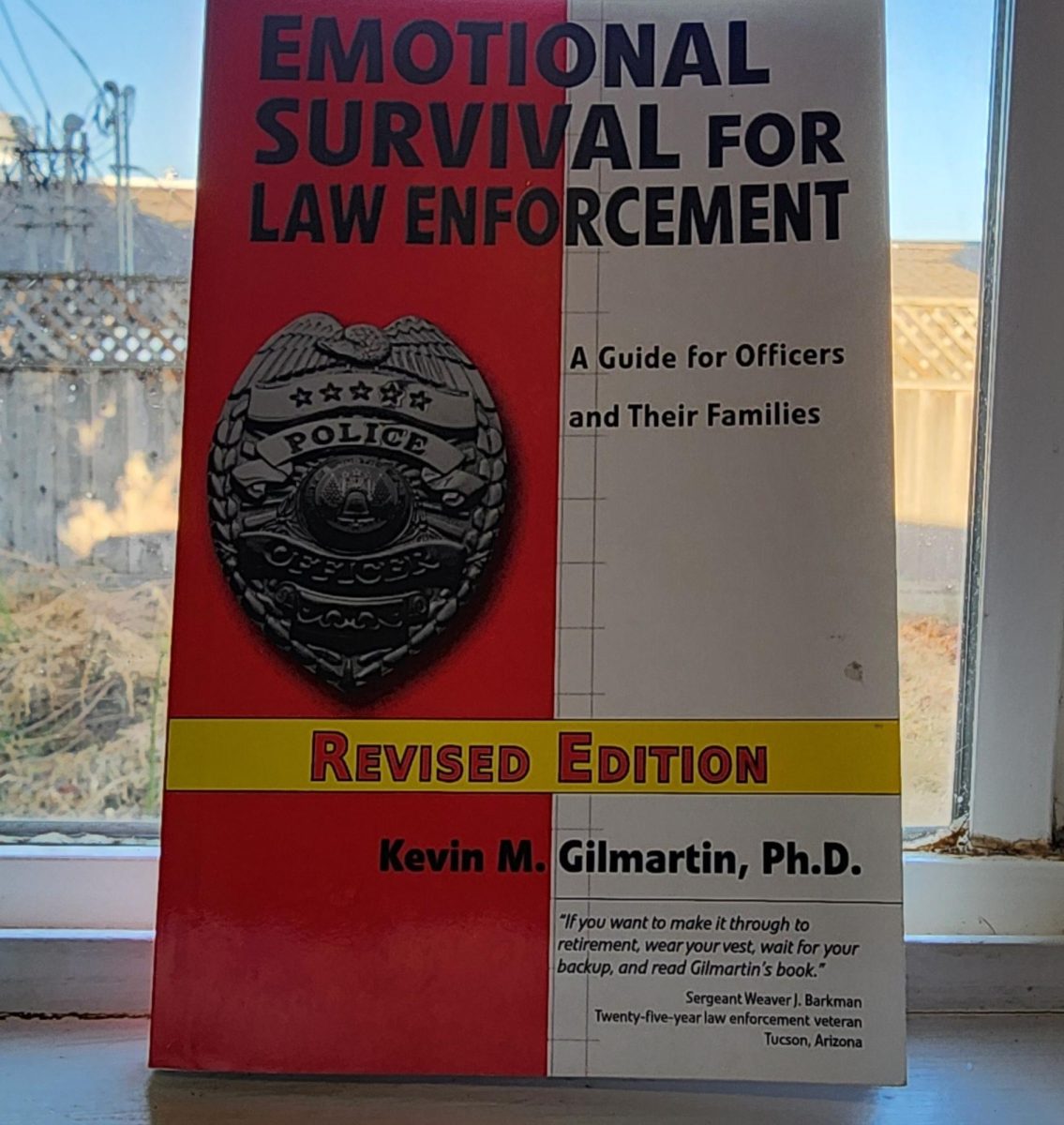




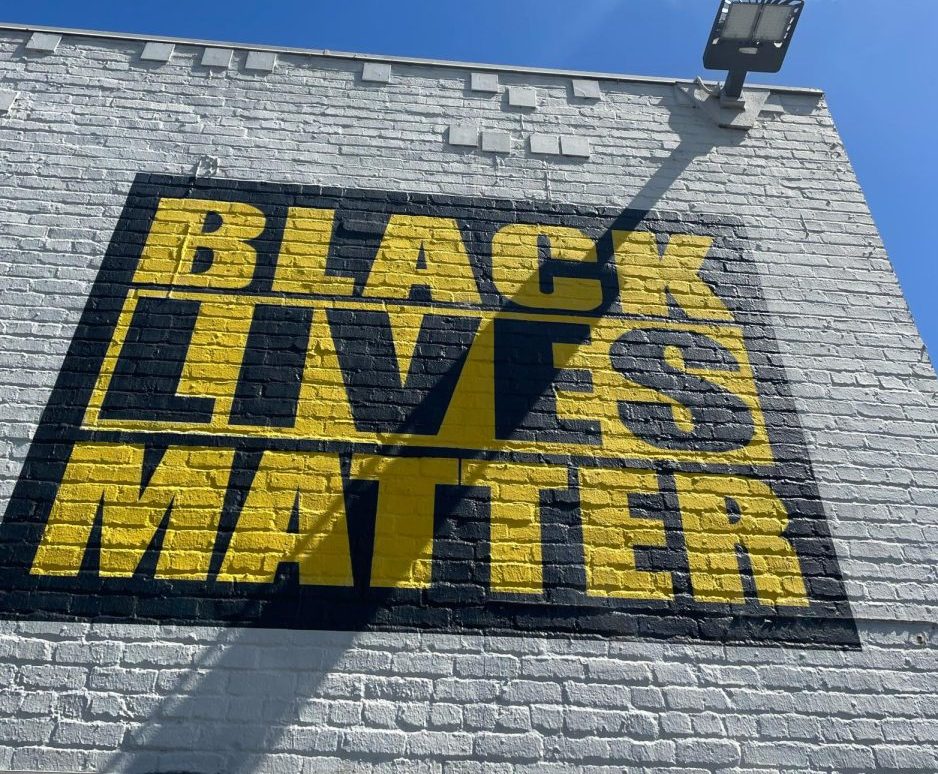
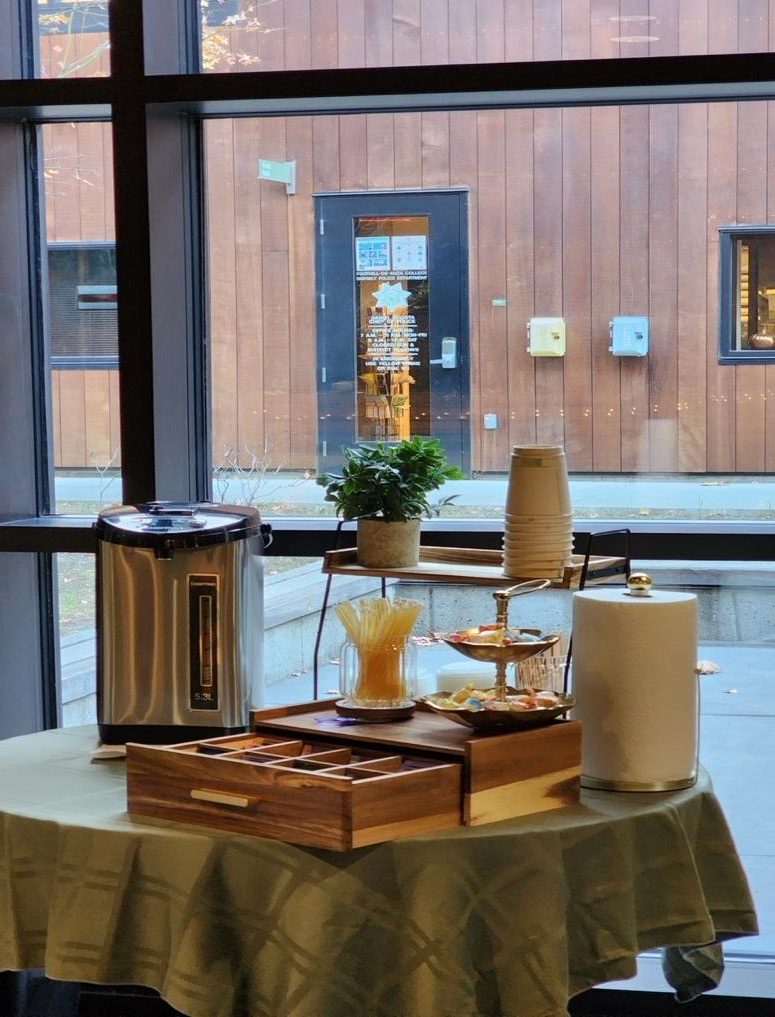
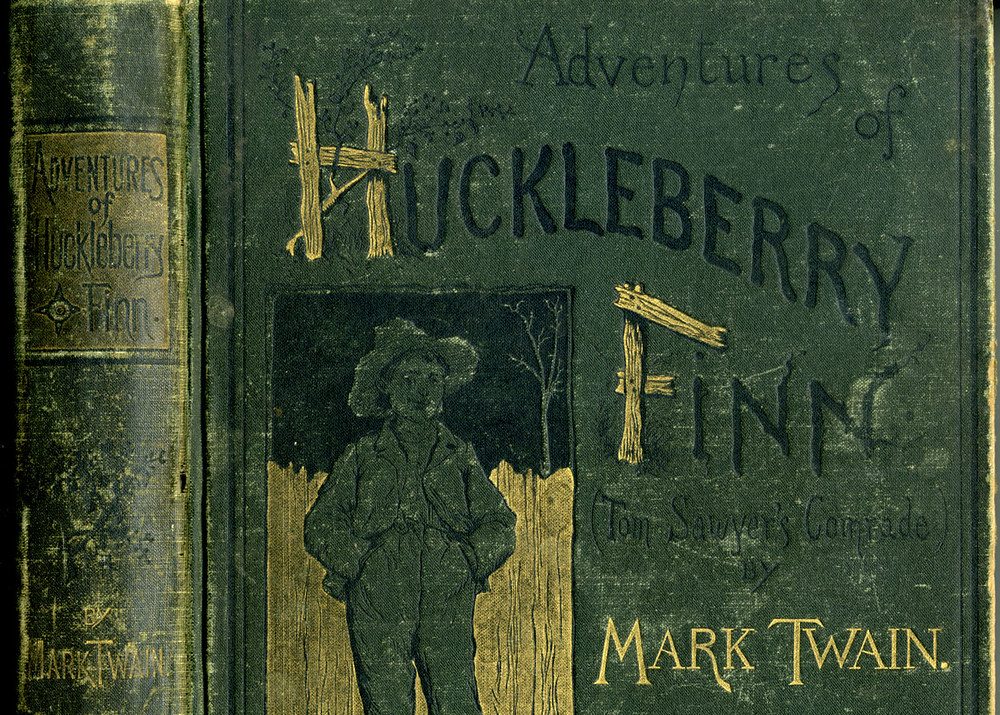
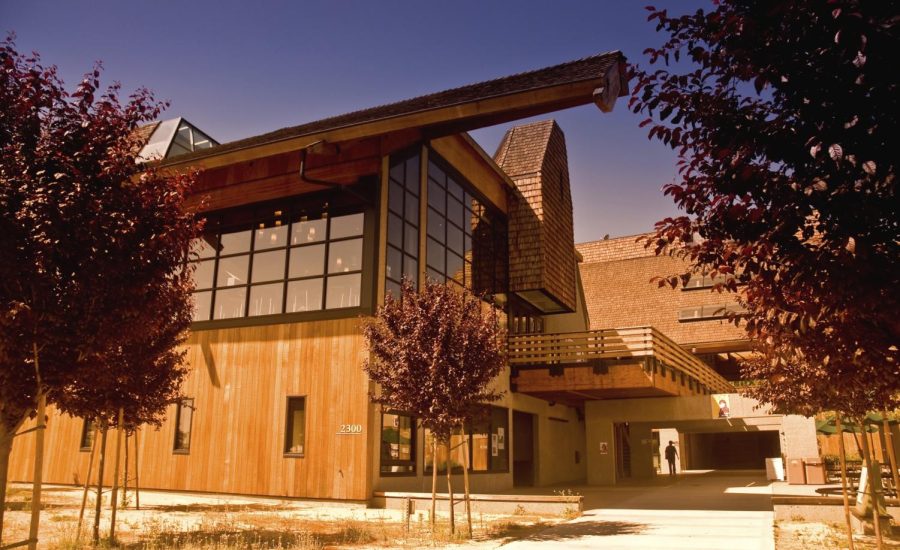


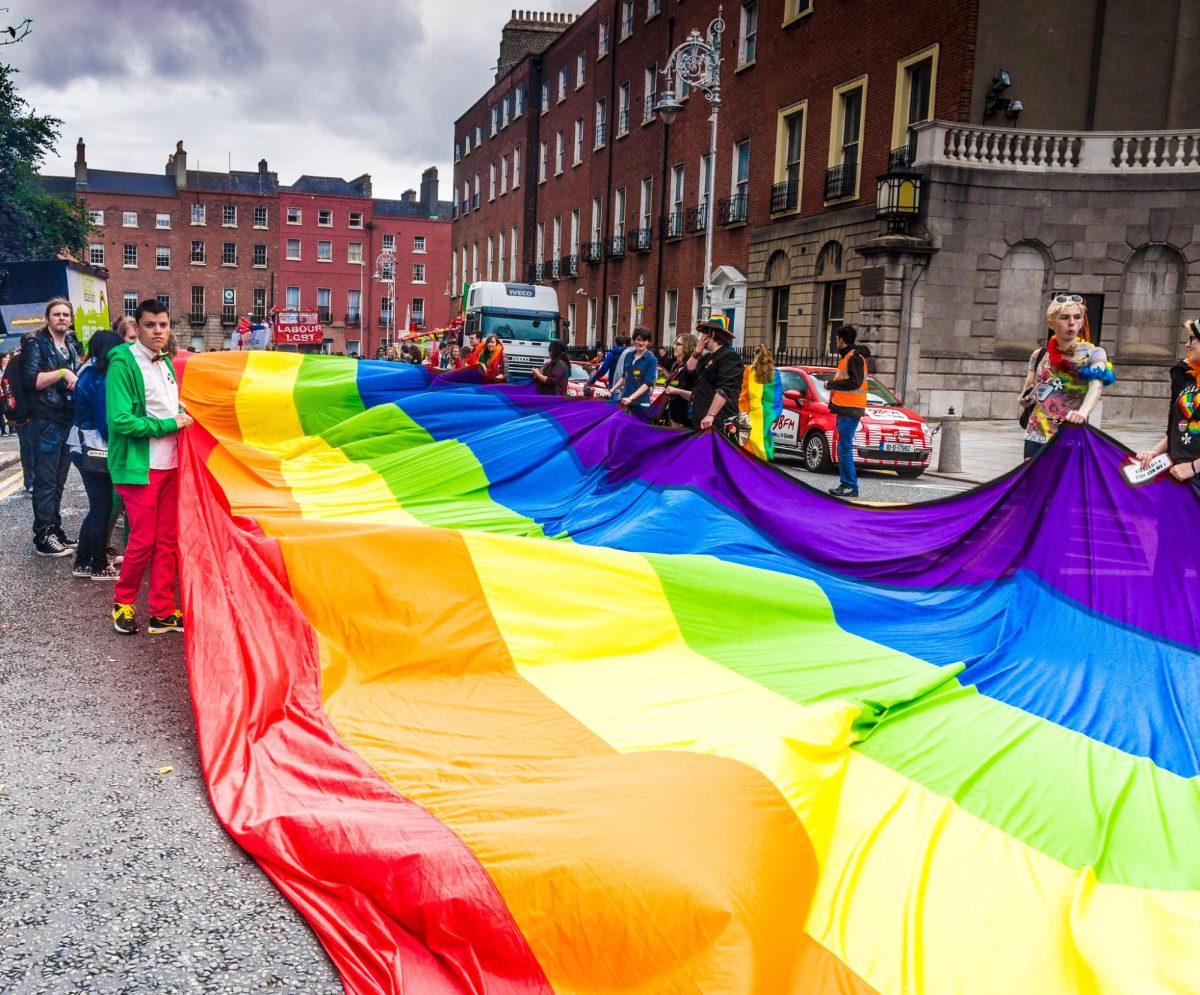
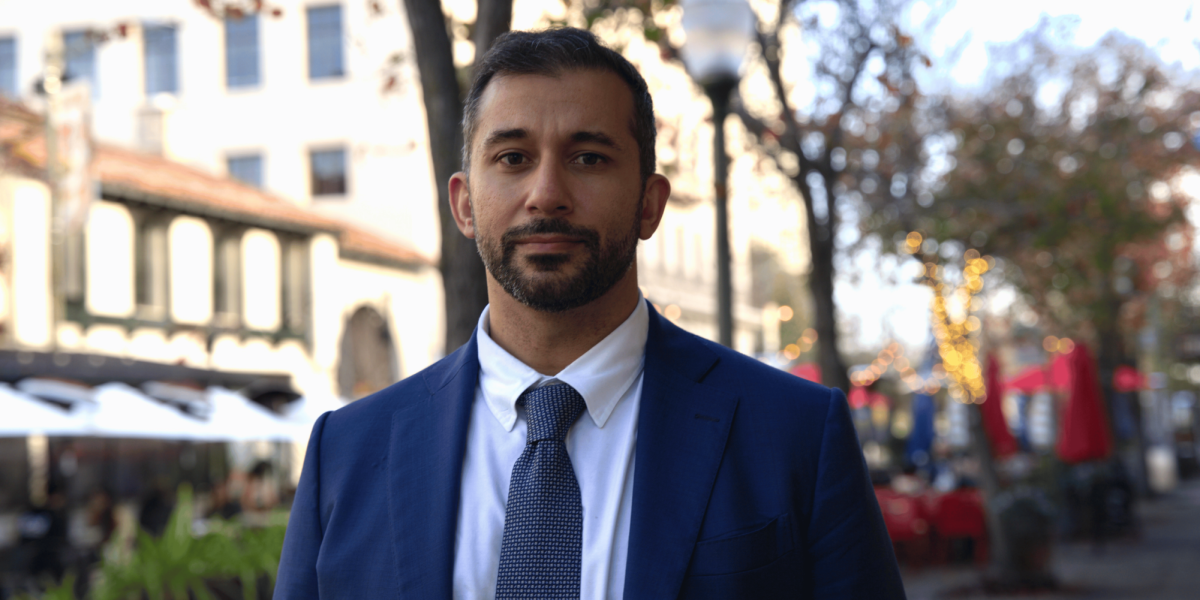



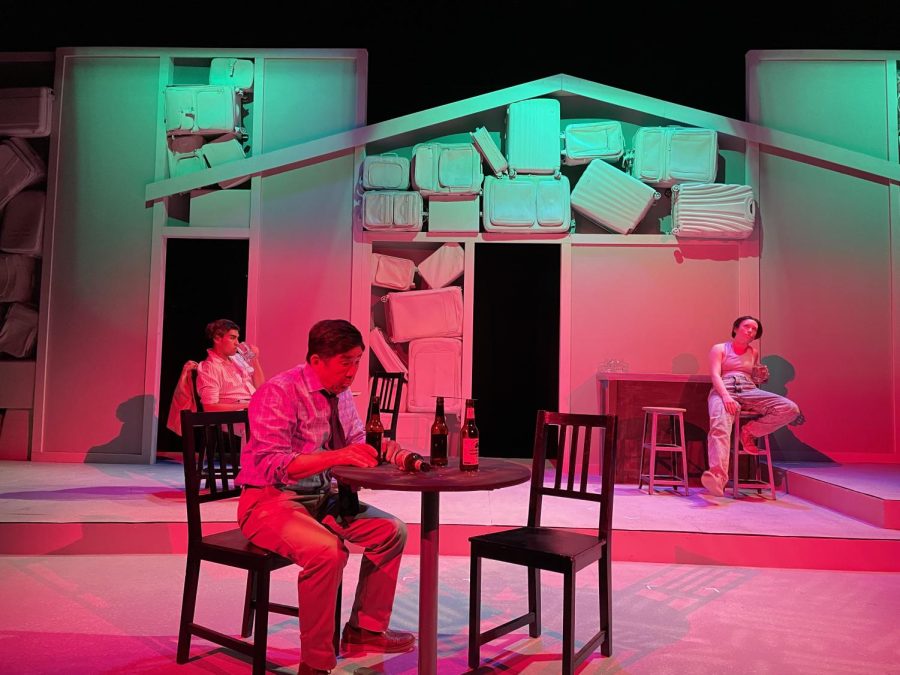



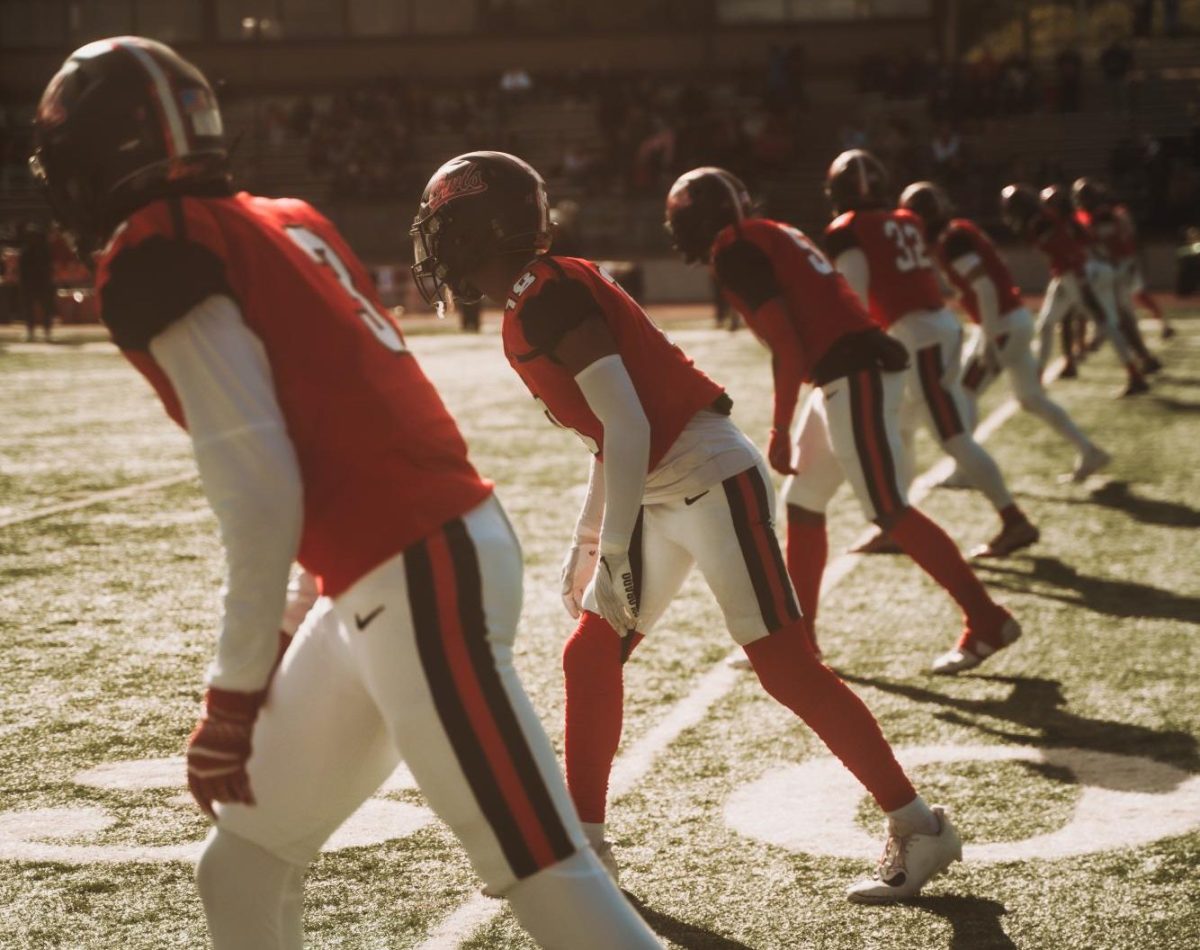
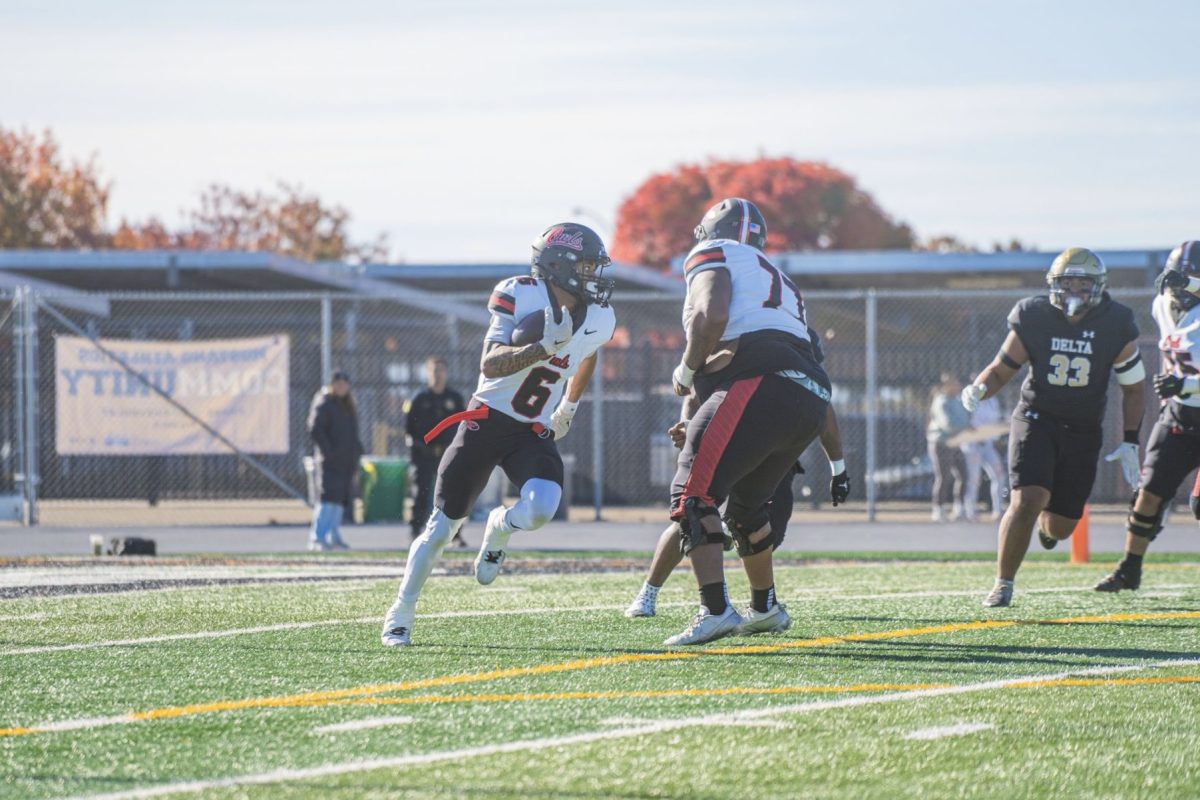
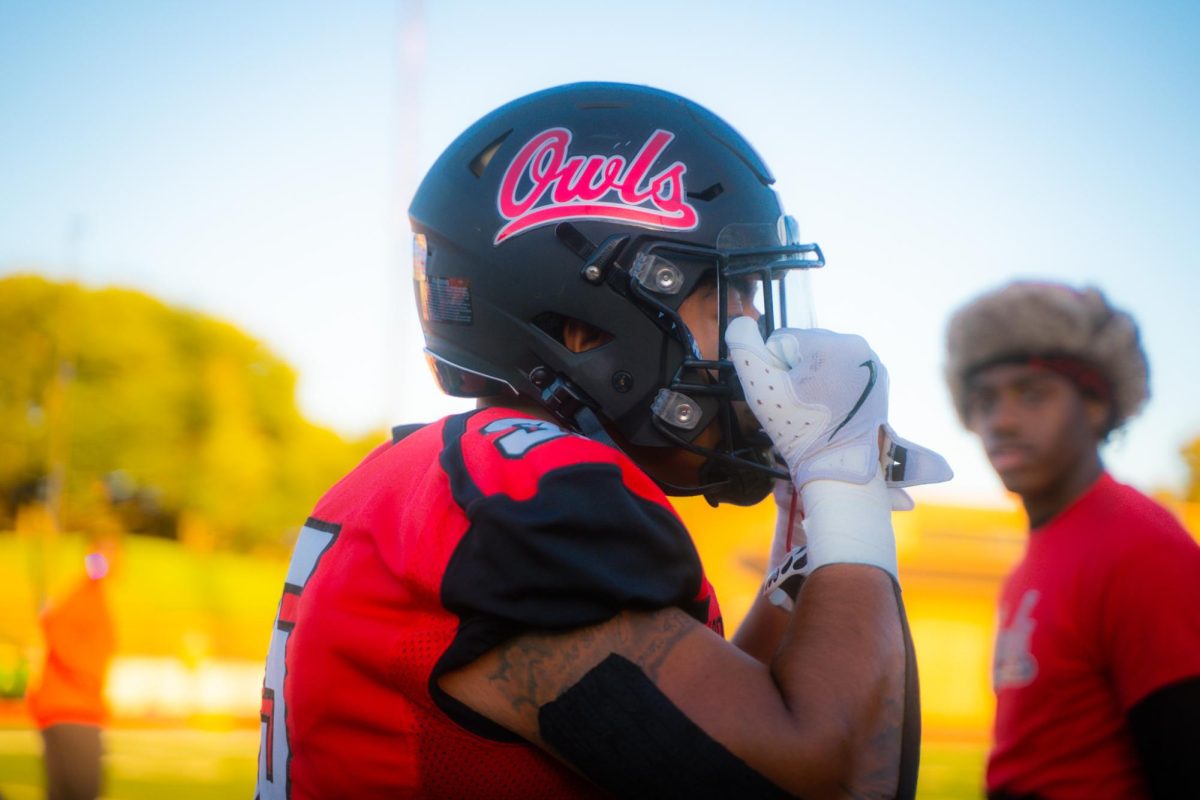
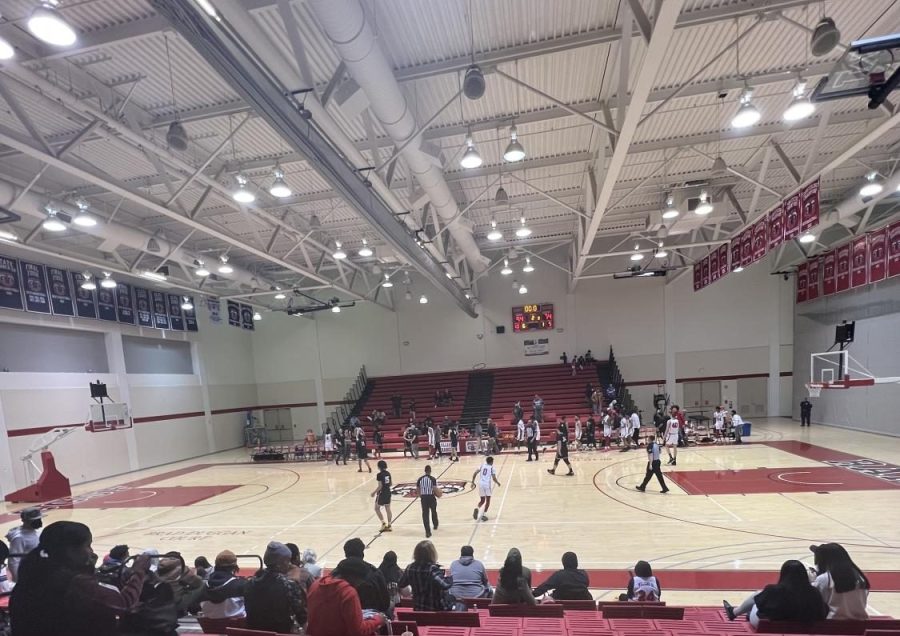
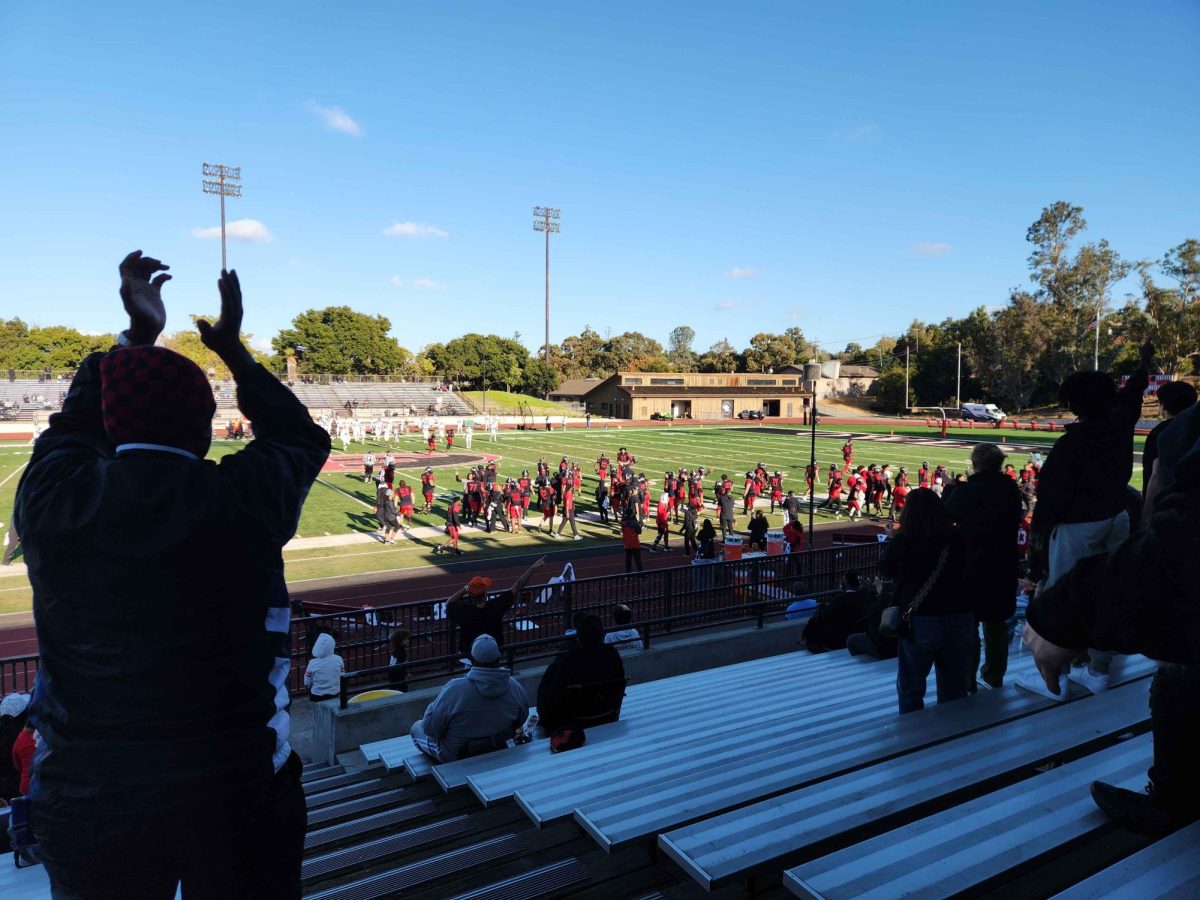
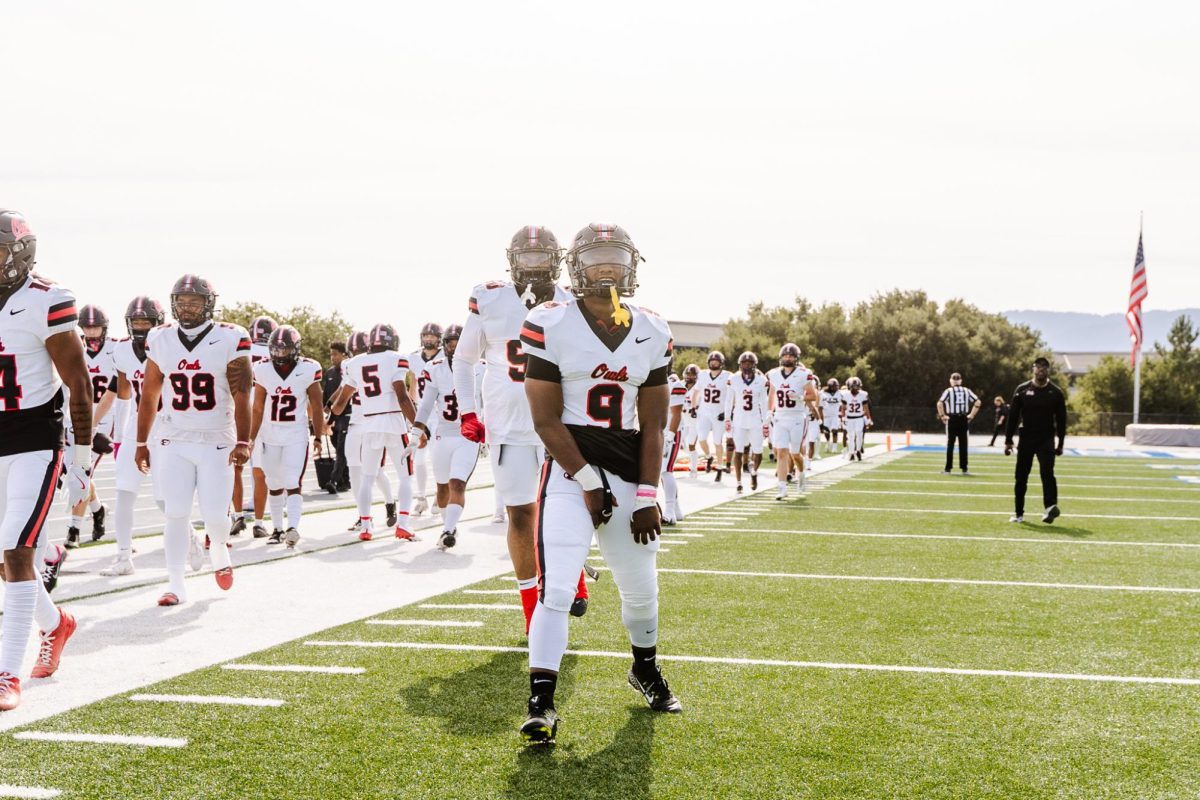

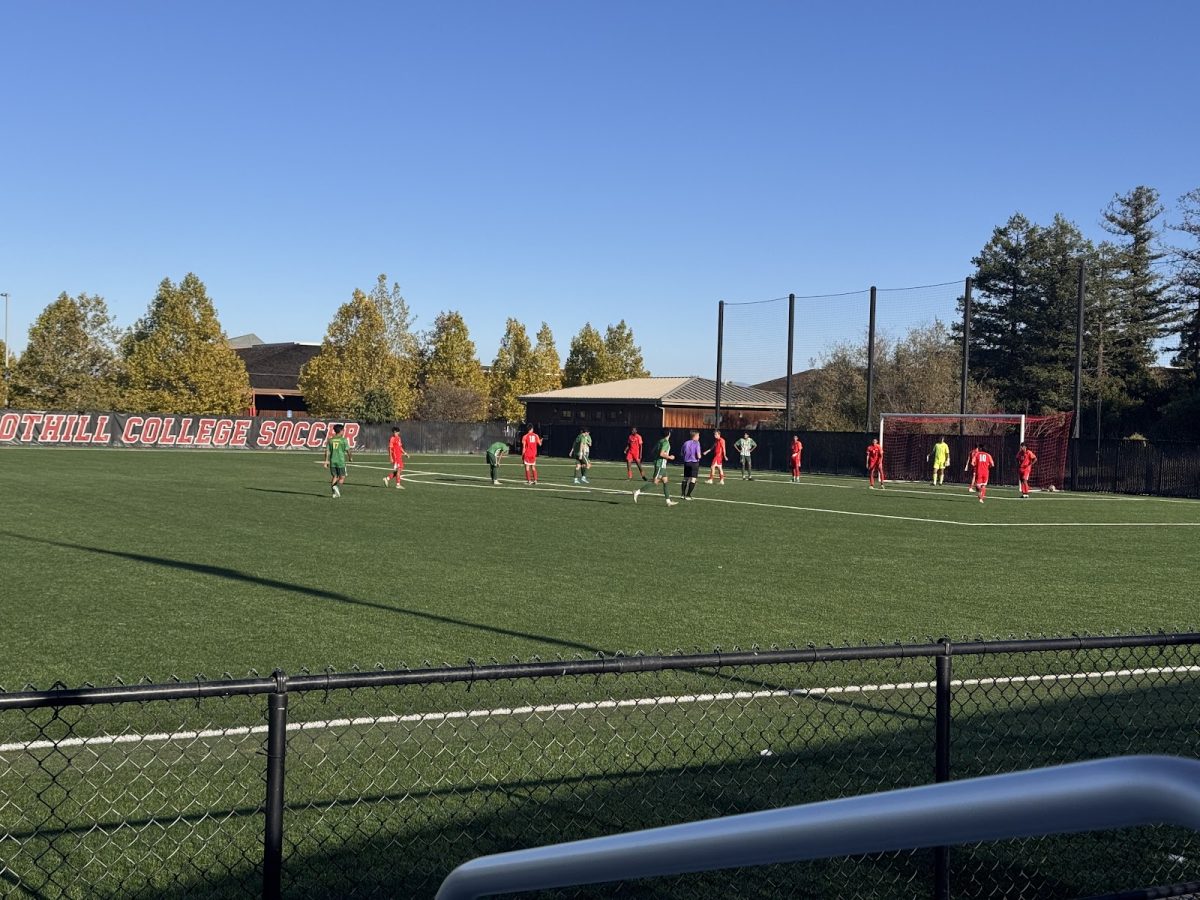


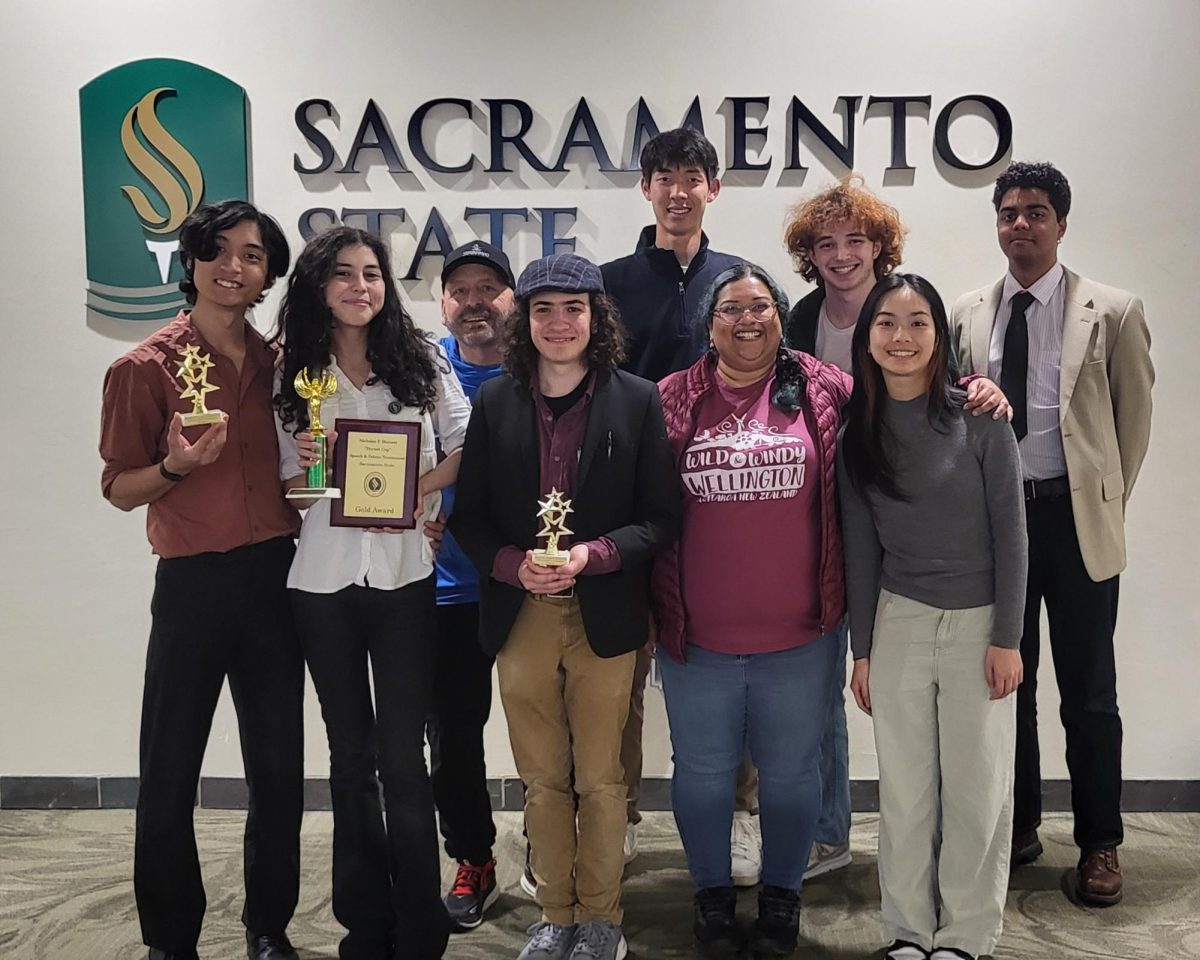
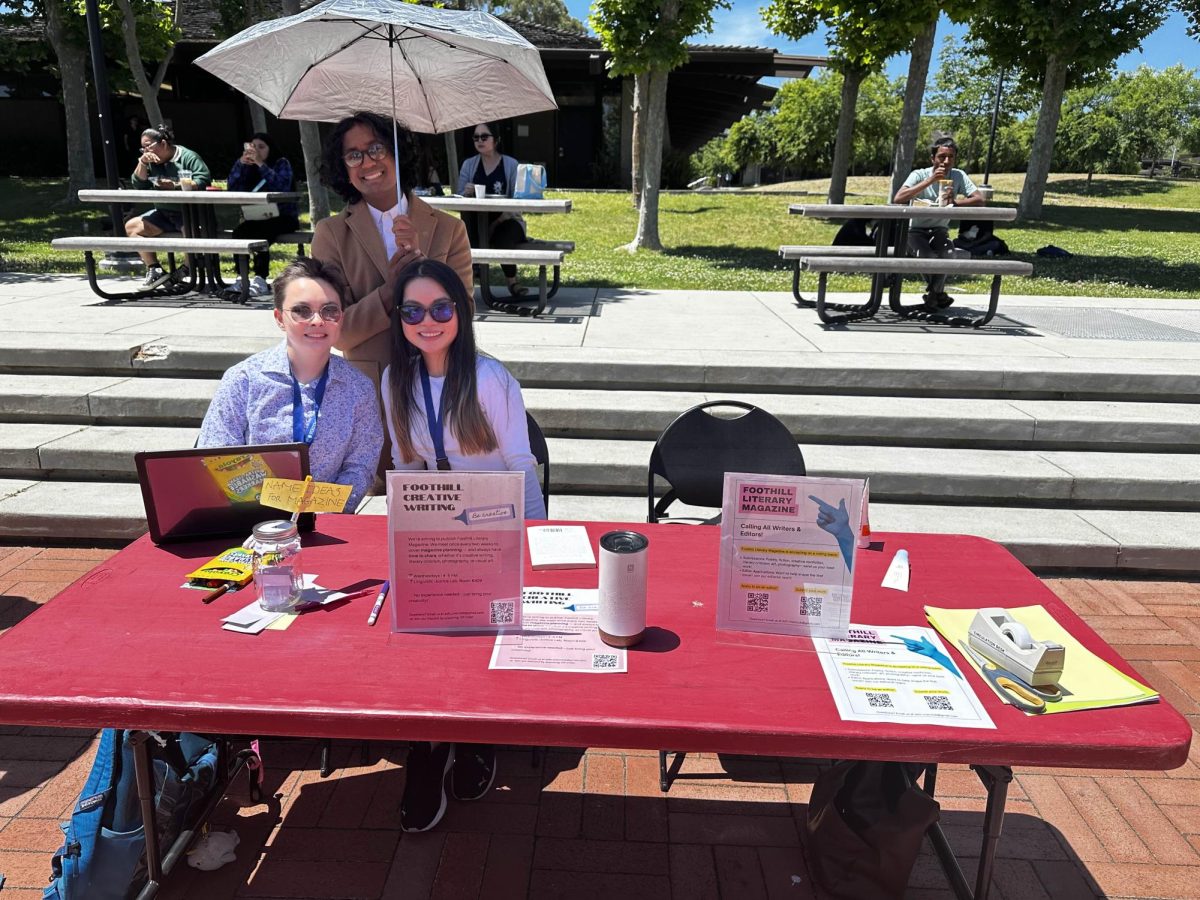


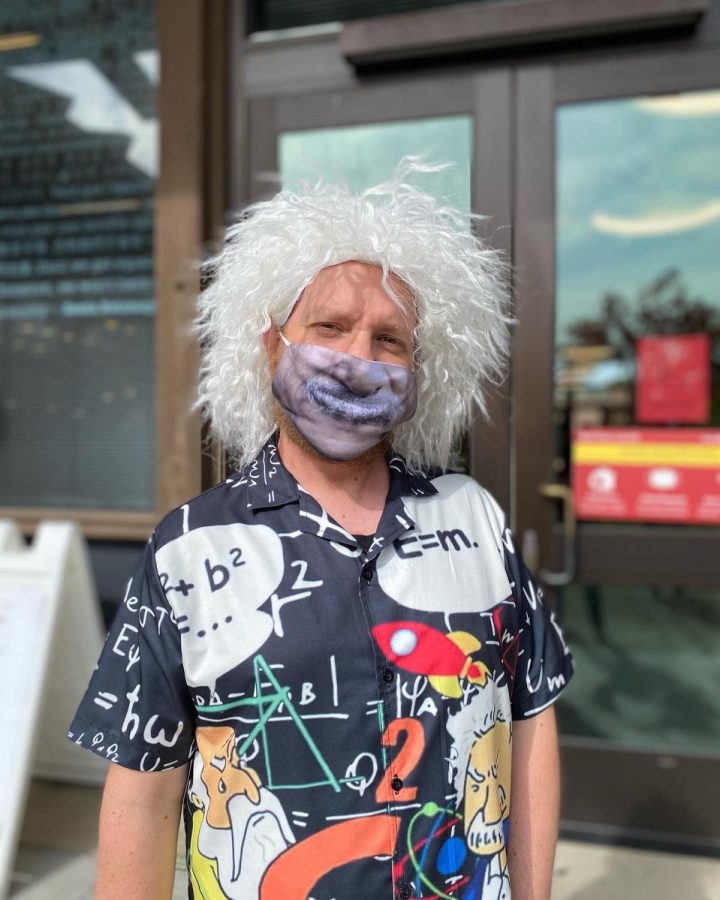


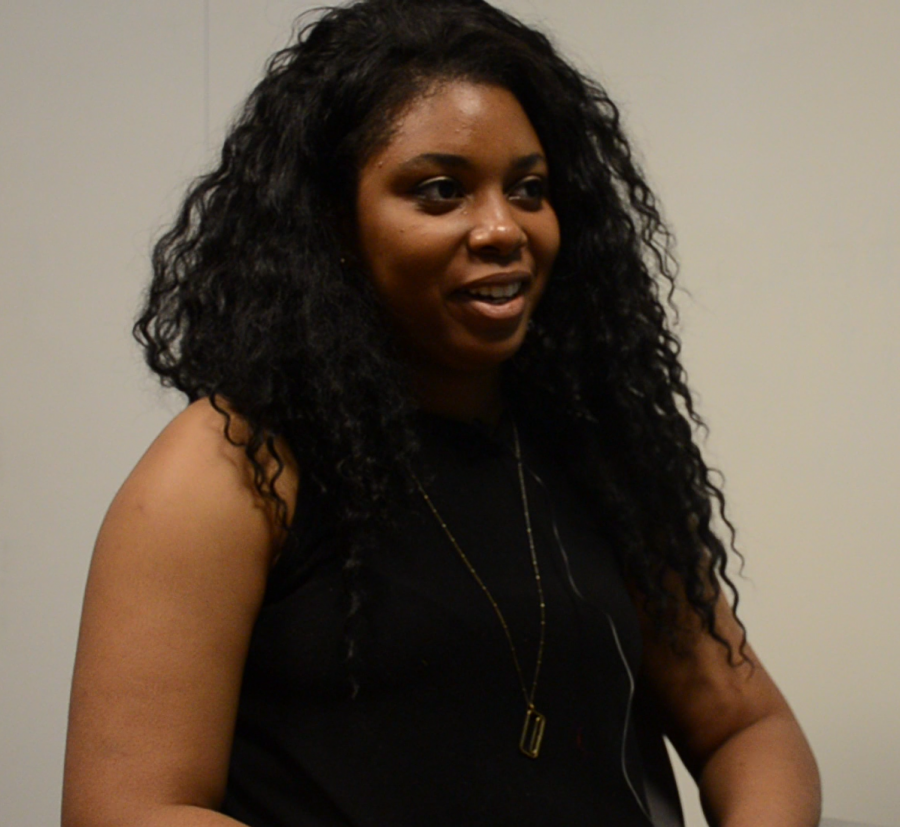
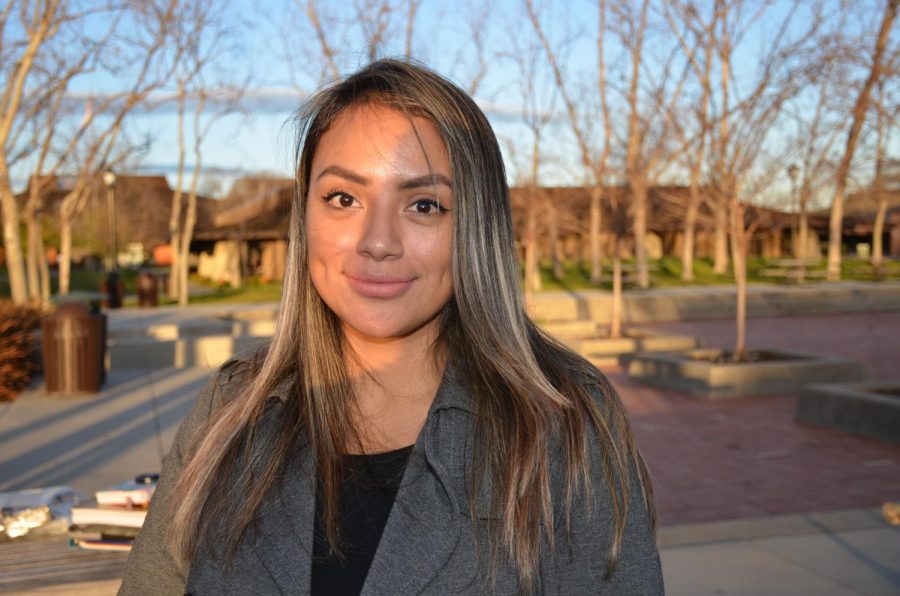

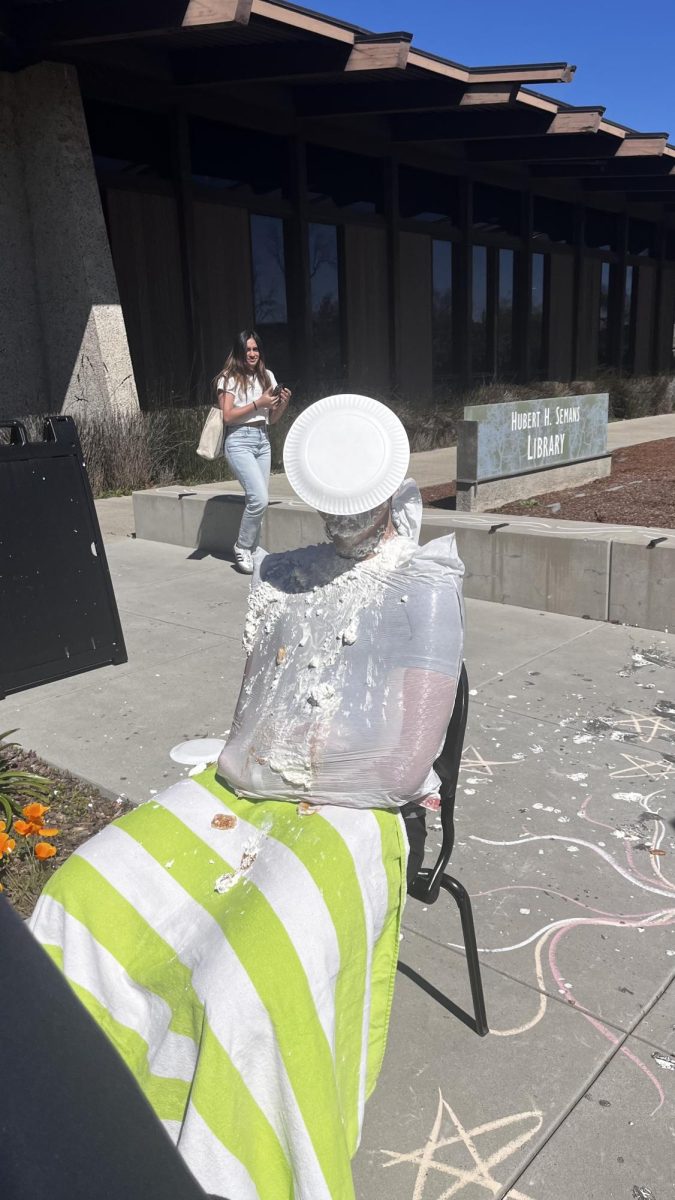



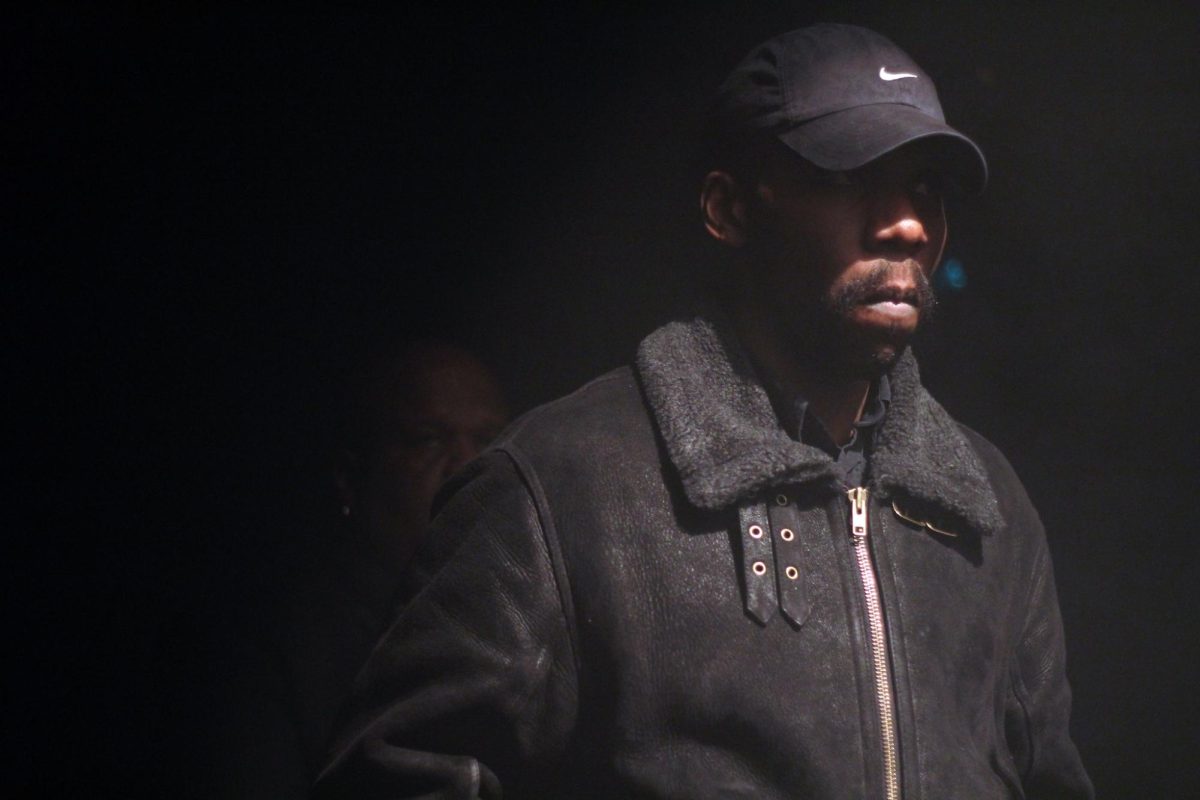

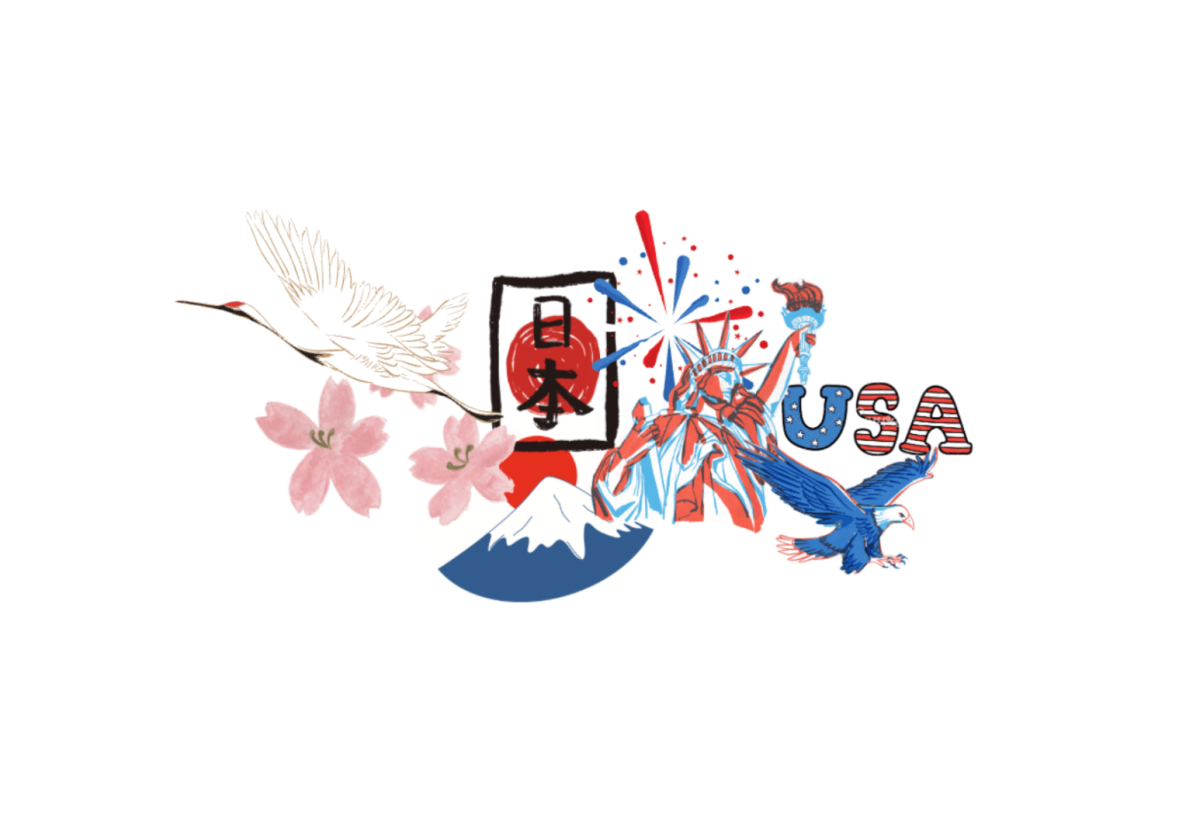


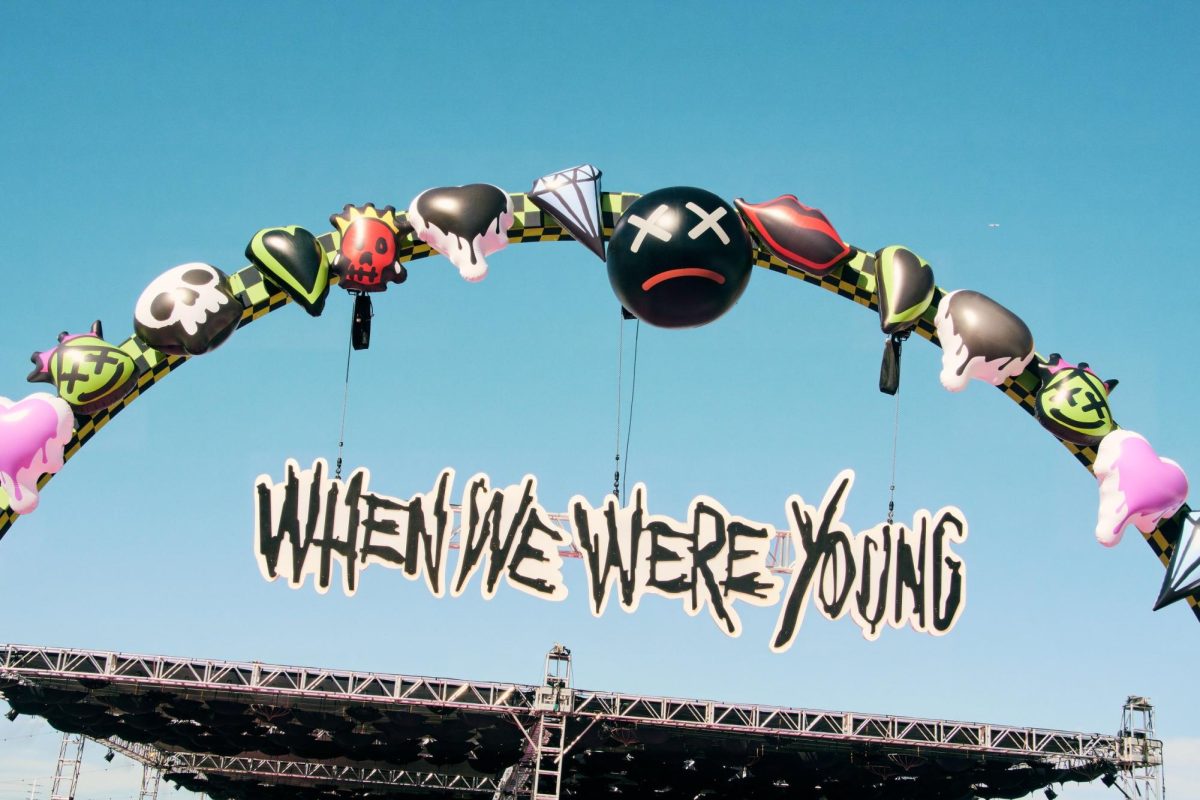

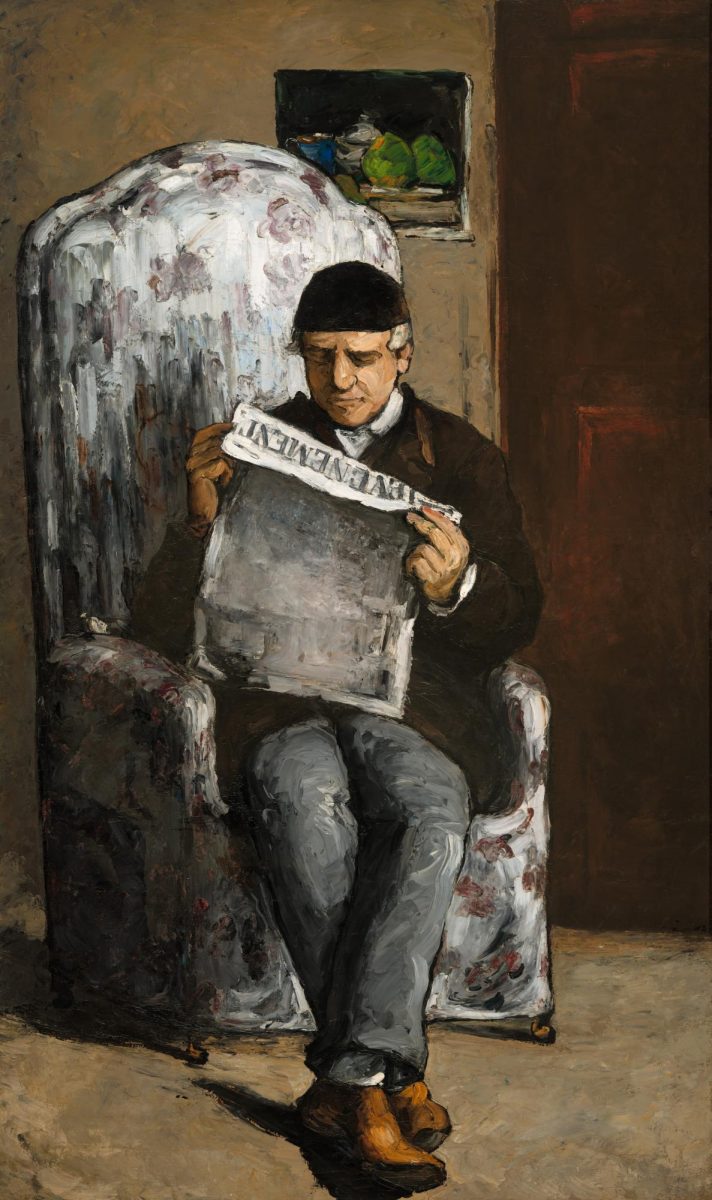

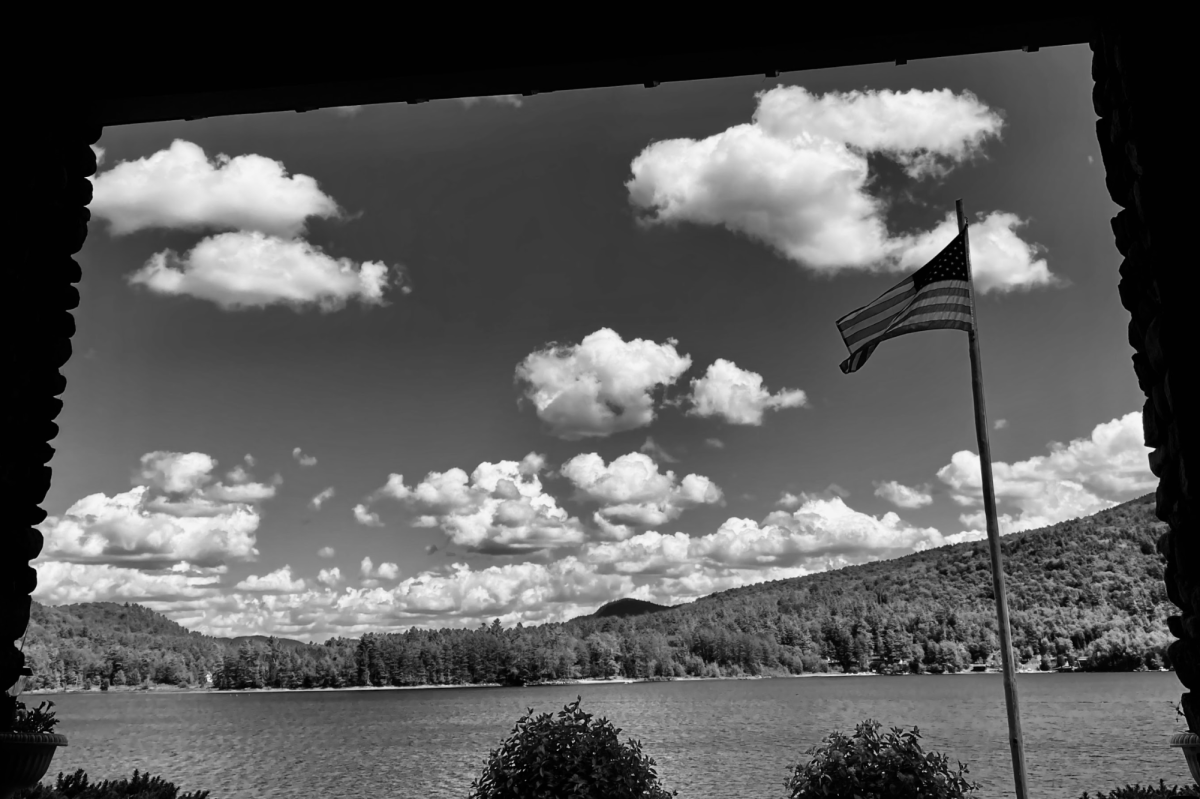

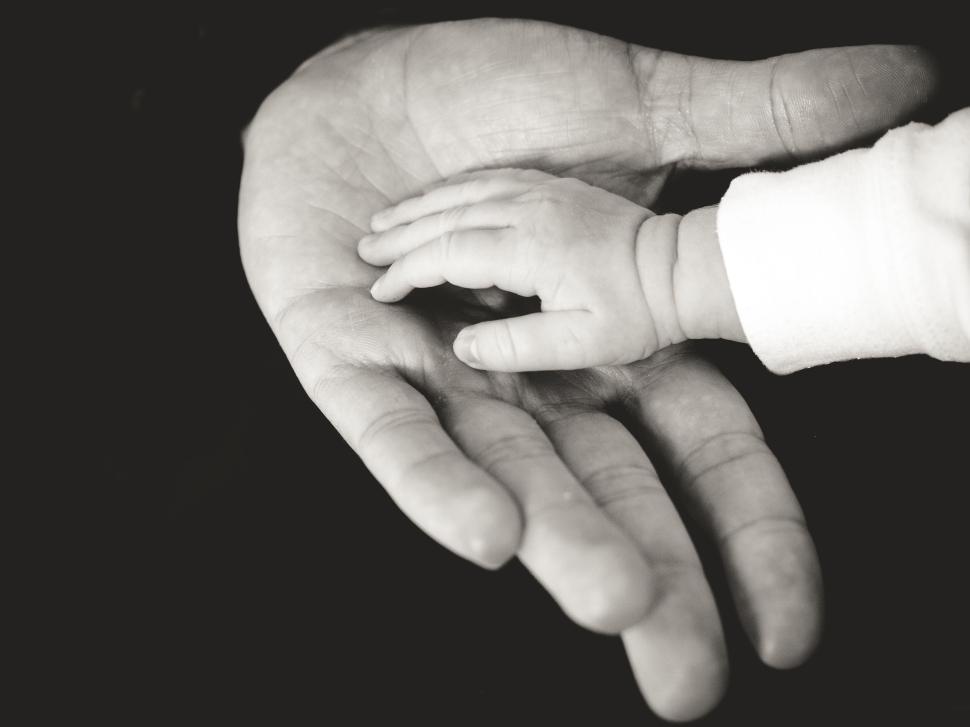



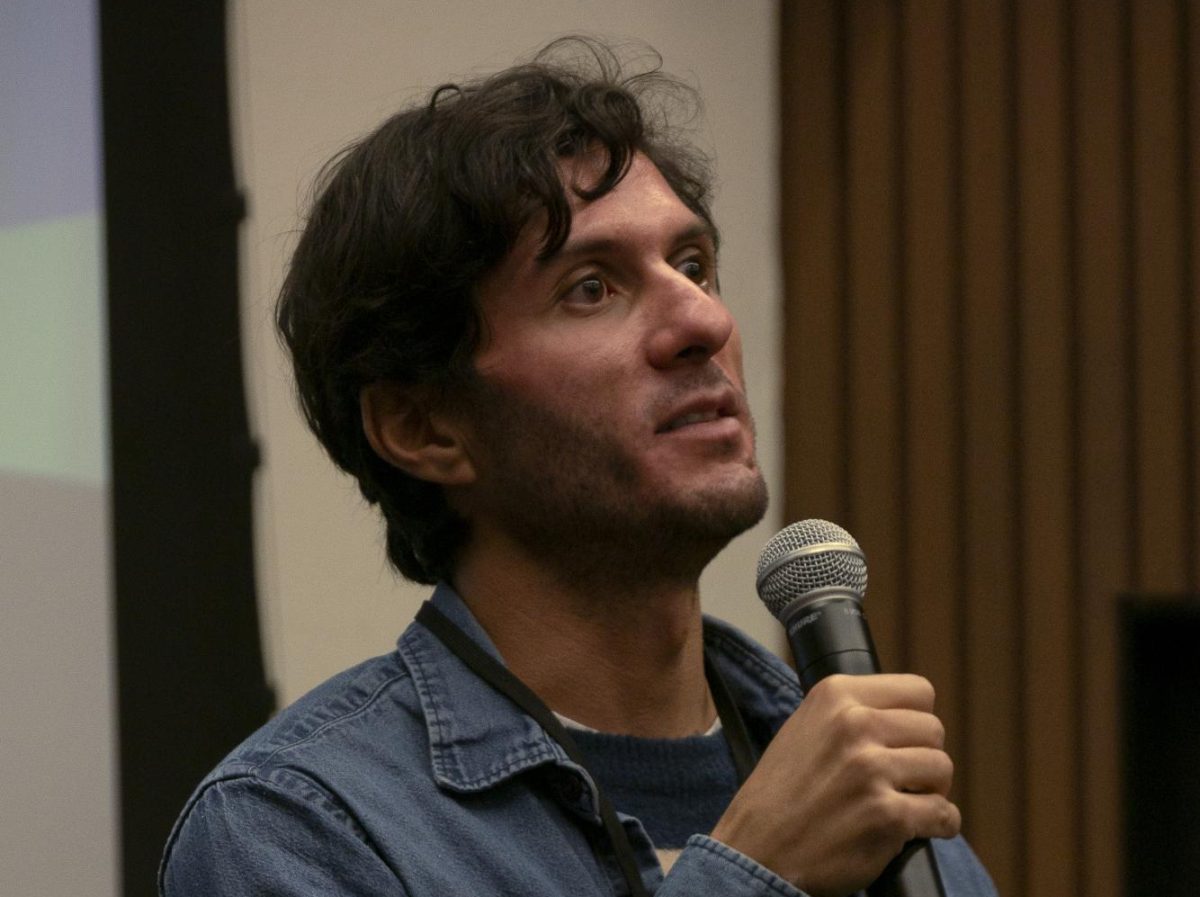
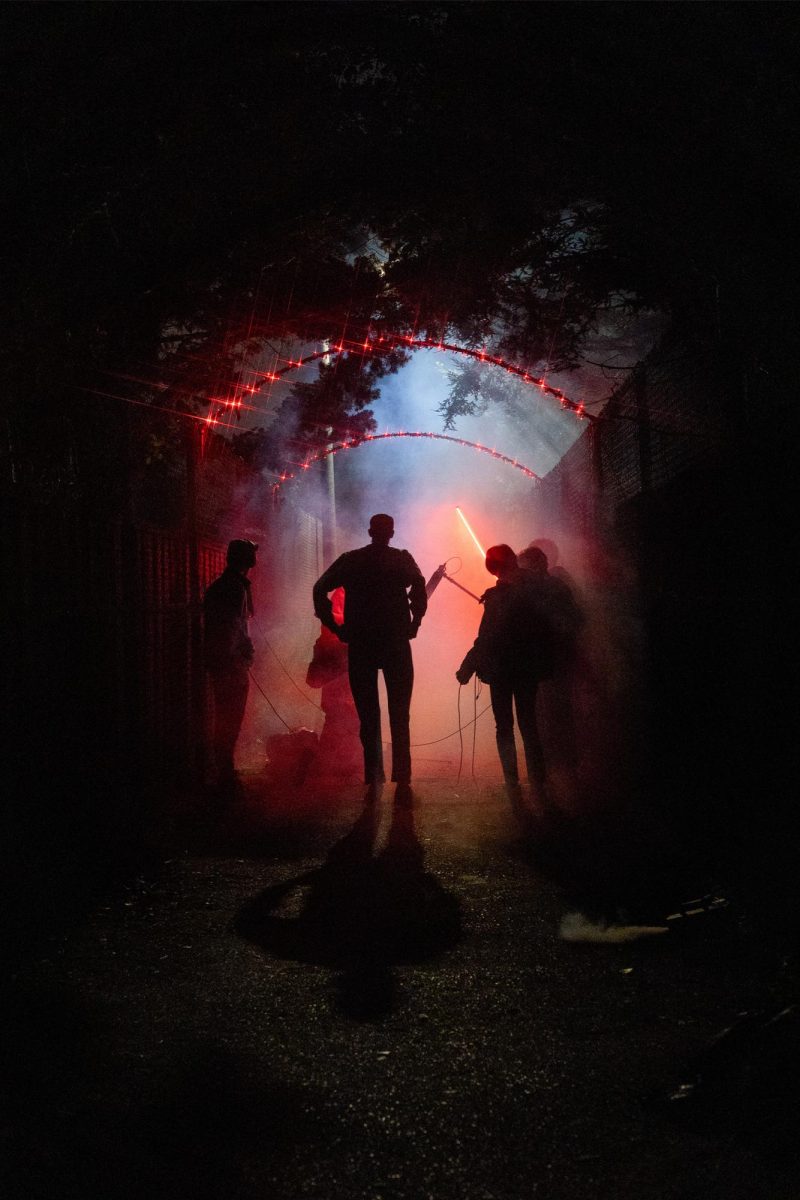

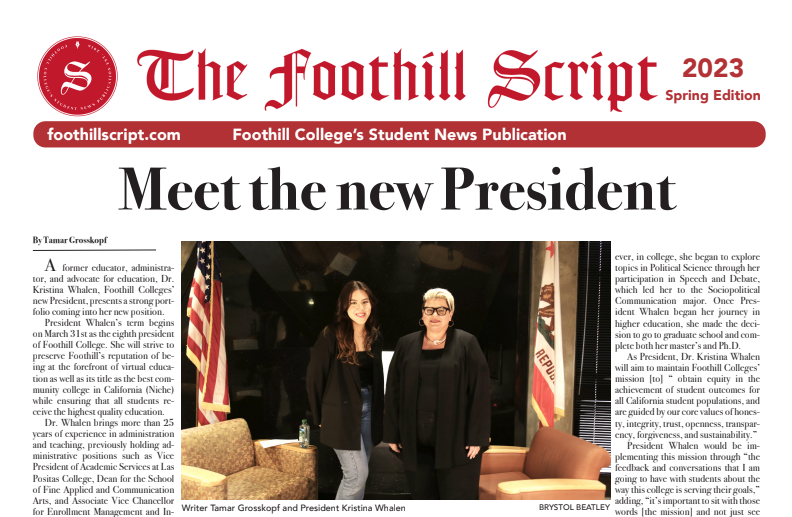


Colby
May 1, 2025 at 8:34 pm
Great article, Alisa!